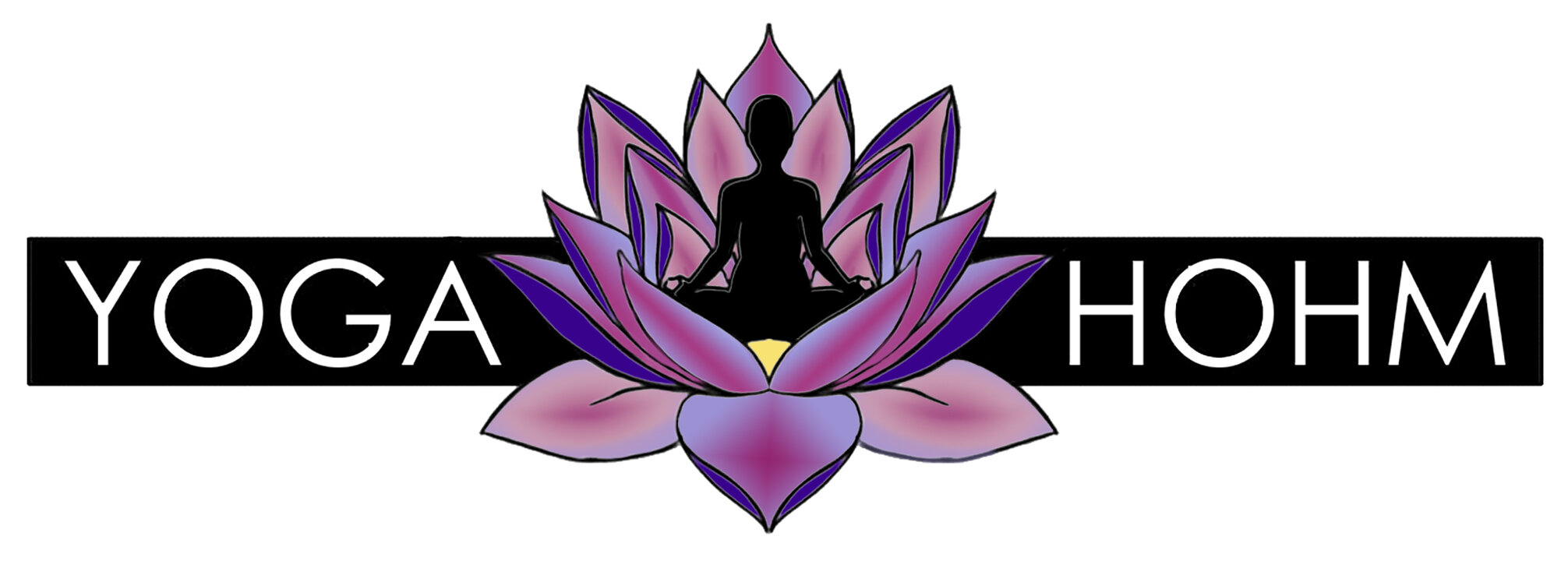A Pain In the Neck
by Renee Downing, E-RYT 500, YACEP
I couldn't move my neck. I couldn't turn my head side to side. I couldn't bend over because the weight of my head caused excruciating pain. I couldn't lean back or bend back for the same reason.
It was 2014. I had just demonstrated an exercise for a client at the gym. Lying on a bench, I lifted my legs to get enough momentum to quickly sit up. I felt a snap and the effect was immediate.
My neck had been giving me warning signs for a while. I had received treatment from various chiropractors and acupuncturists, but the issues had been minor up until that point. At the time I had been practicing yoga regularly for about 5 years and lifting weights daily for 12, and alignment and proper form has been an obsession of mind since the moment I got into fitness. Every movement I made in the gym and on the mat was methodical and done with precision, so the inability to move my neck just from simply sitting up took me by surprise.
I bought a neck brace and started wearing it so I could continue to function throughout my day, confident that the pain would eventually go away on its own. I even wore it to yoga class. The day I wore it to my teacher's class, she pulled me aside and kindly discussed the fact that I needed the help of a medical professional. She gave me the name of her chiropractor in Rancho Santa Margarita and I made an appointment.
X-rays showed that my C1 and C2 were anterior to my C3. In other words, my neck was curved backward. I was also informed that some of my cervical vertebrae were rotated, and that I had degenerative disk disease. Good times.
With the help of Dr. Tomp and his partner, Dr Hoeffer, I was able to trace the source of the problem back to a head injury I sustained several times in fourth grade. This started a spinal deformity that was only exacerbated by years spent slamming myself against big dudes in mosh pits, jumping off stages and head banging like my life depended on it. The youthful delusion of indestructibility is pretty funny sometimes, isn't it?
Dr Tomp's approach was much different than any other chiropractor I had been to. He used the Blair Method; a technique that focuses on stabilizing the atlas and causes the body to start fixing itself after the first treatment. This was the beginning of many visits to Rancho Santa Margarita, a drive that was at least 45 minutes one way. I was able to go without the neck brace fairly quickly but the pain that lingered became a major focus in my self care. It hurt to raise my arms overhead. Downward dog hurt. Plank hurt. Because my neck was in a constant state of over flexion, I couldn't do shoulder stand, which I was ok with because I didn't love the pose to begin with. I did, however, have a hard time saying no to headstands for quite some time.
Headstands made me feel strong, like I was accomplishing something. But every time I did one in class, my neck would "go out" for a week afterward. Not being one to let pain hold me back, I let my ego win time and time again, and as soon as I had a day or two of pain relief, I would try a headstand, and end up back in pain. Eventually, when the pain started winning, I got to a point where headstands were no longer appealing. Once the ego was bruised, real recovery began.
I started using my understanding of anatomy to modify my practice for healing. When everyone else in class was in shoulder stand, I was laying on a bolster with my head hanging off the back to allow gentle stretching of the sternocleidomastoid, scalenes, and other muscles that were keeping my neck out of alignment. When class was working on head stands, I was substituting the intensity by working on arm balances, or practicing self-care by doing a pose in which the chest is stretched (the pecs also tend to stay short when the neck is flexed) When everyone in class was in side plank, I took child's pose or some other restorative posture. I made sure massage therapists knew not to stretch the back of my neck. I became hyper aware of my posture, especially while working on my laptop for hours at a time.
I was with Dr. Tomp for a year before moving two thousand miles away, and it took about a year and a half of setbacks on my own to finally start feeling somewhat normal again.
Now I'm happy to say I very rarely have any pain in my neck. I'm glad I finally conceded to take my time with my recovery. Head stands are a regular part of my asana practice again. I still don't like shoulder stands but it doesn't matter. Not being able to invert via head or shoulder stand for so many years forced me to practice other inversions, and now I spend a lot of time, comfortably, in forearm stand.
I try to help my students understand that being able to do a pose is not what yoga is about, and that one does not become a better yogi by practicing asana alone. I couldn't have recovered like I did without Svadhyaya (self study), Tapah (discipline), Abhyasa (practice), Vairagya (detachment), Ahimsa (non-harming) and so many other yogic principles, and I encourage everyone to learn more, explore more, be more.
